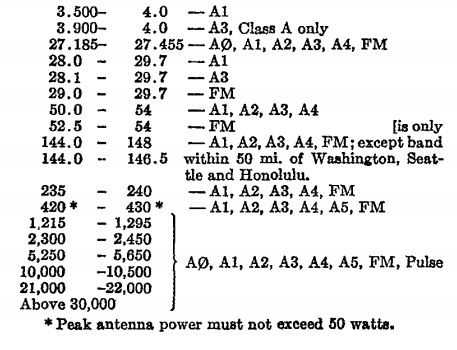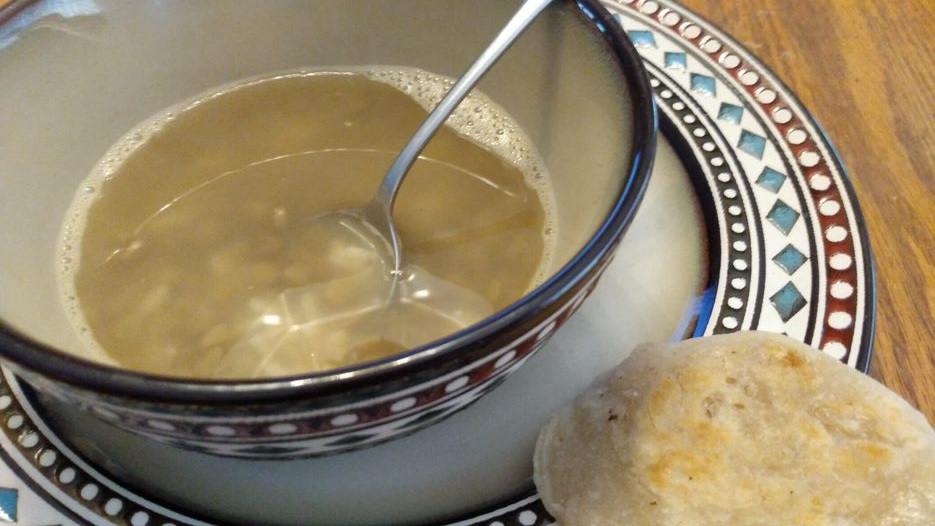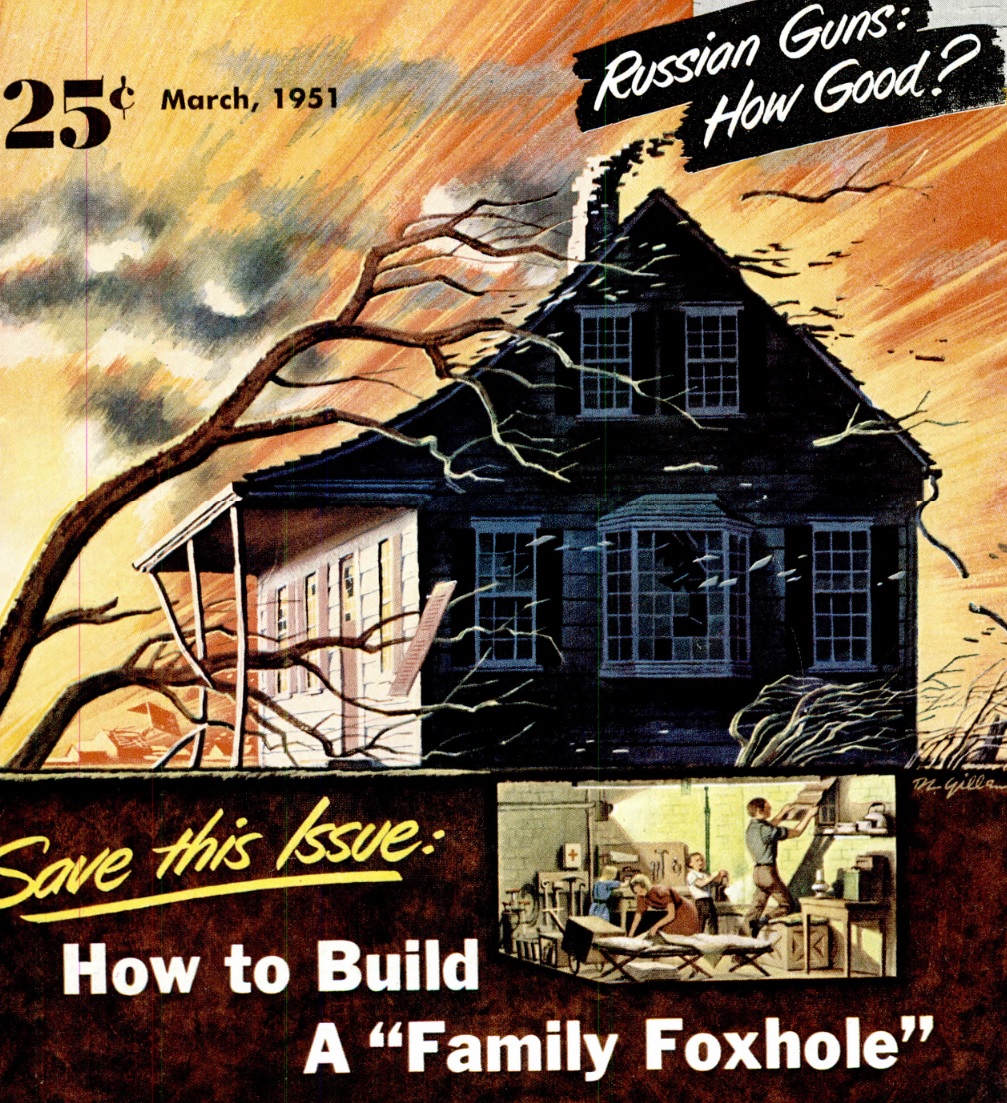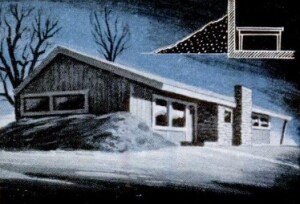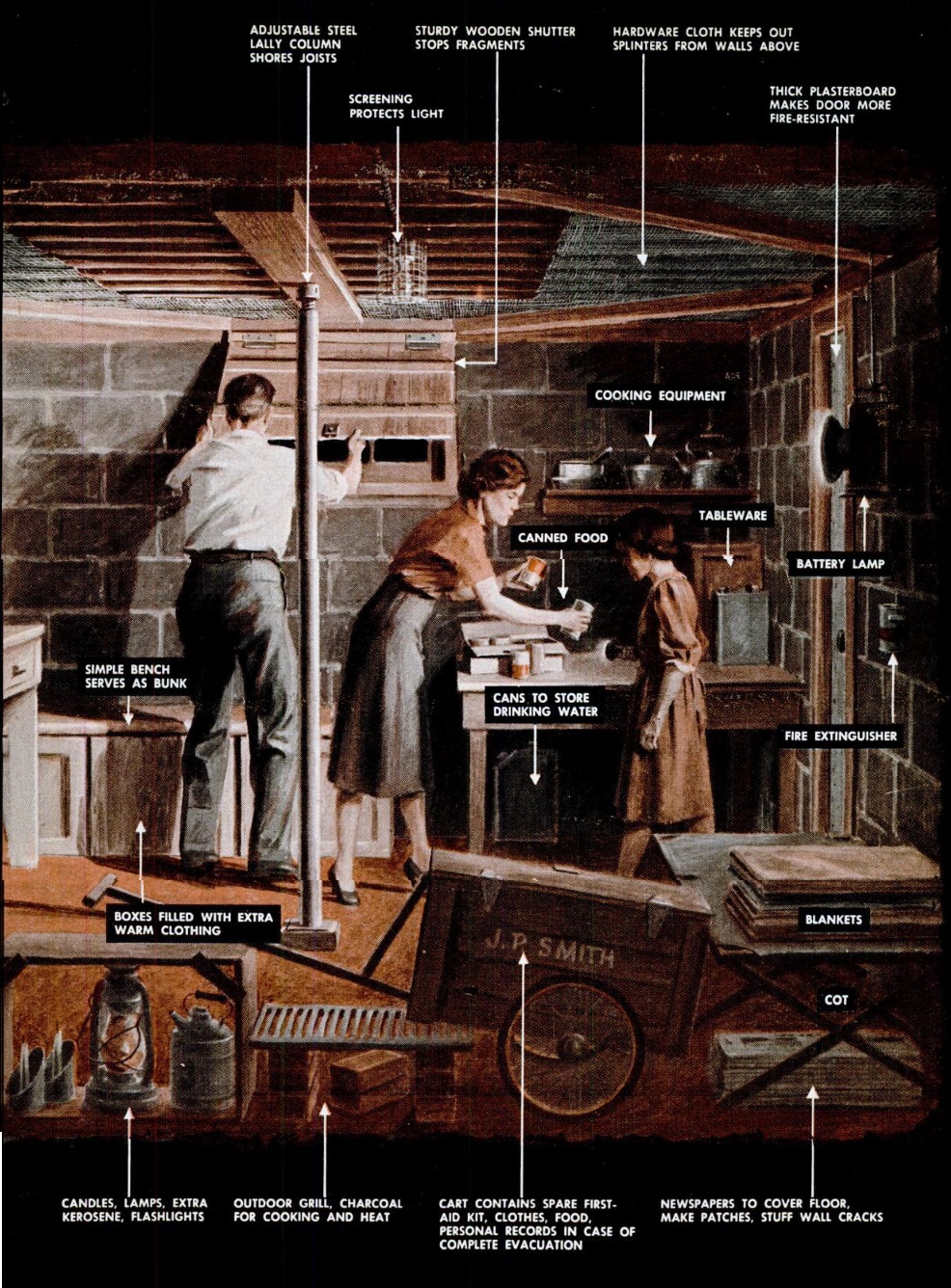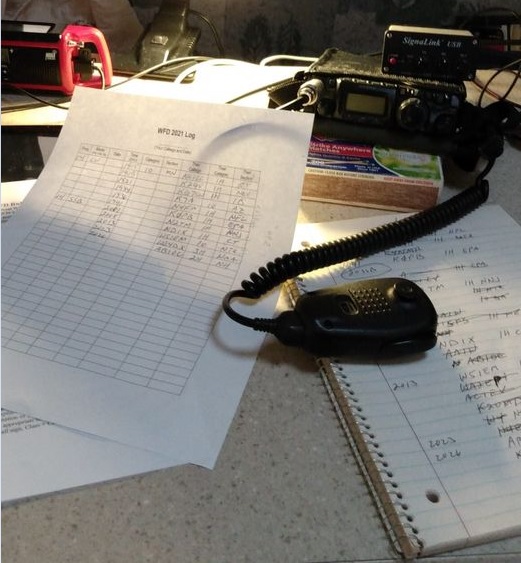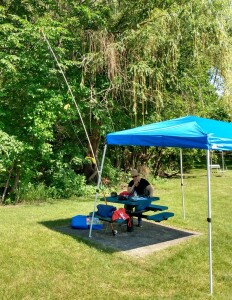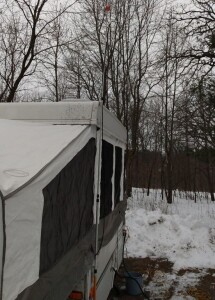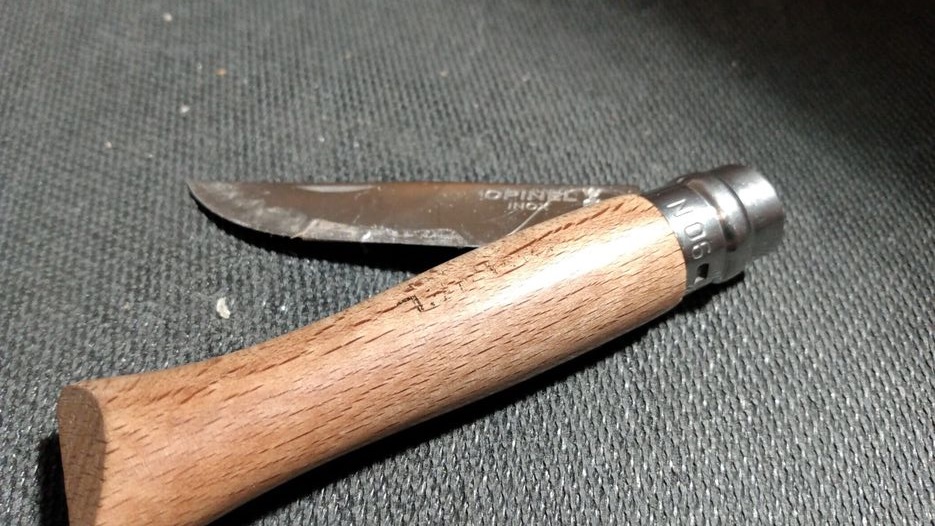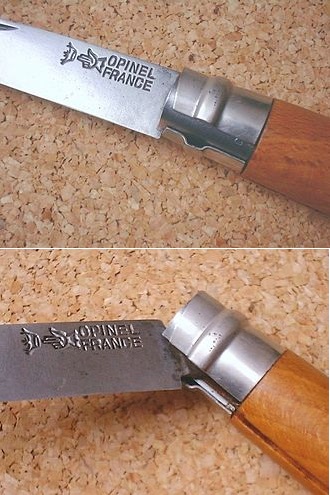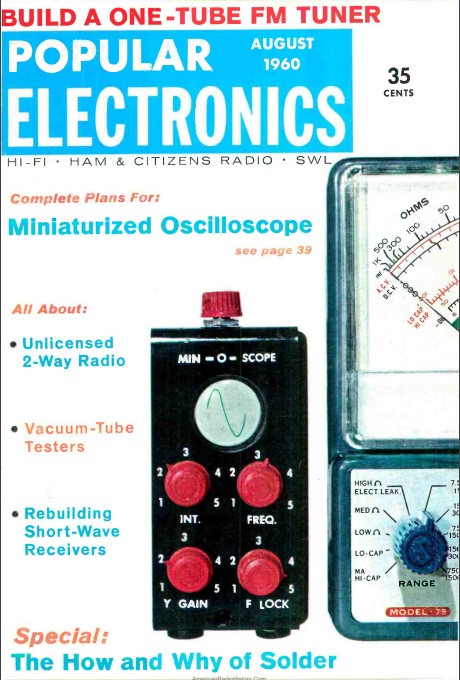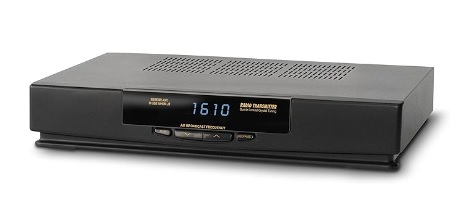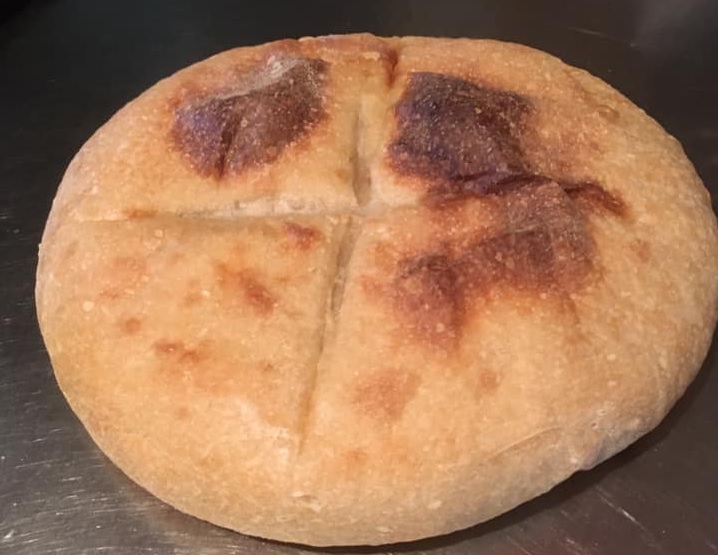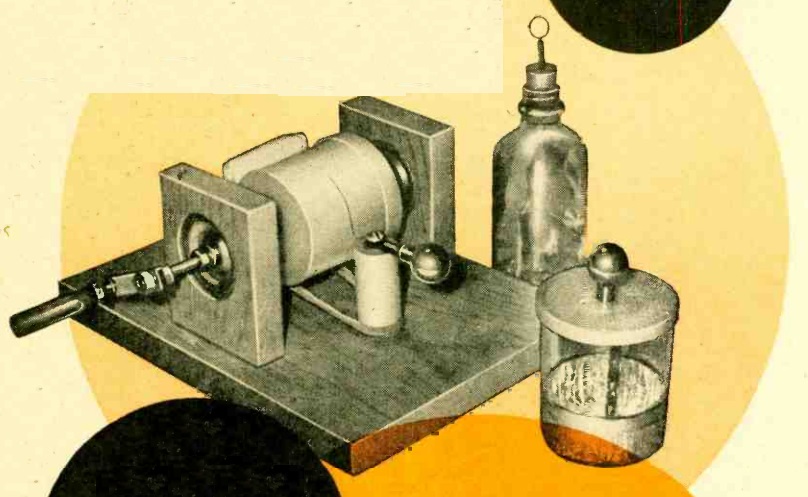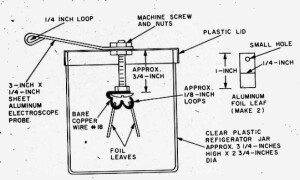
Protester atop smashed police car, about 3 miles from my house. Wikipedia photo.
As I write this, I’m under a 8:00 PM to 6:00 AM curfew, as a result of civil unrest in the Minneapolis-St. Paul area after the killing of George Floyd on Memorial Day. Just now, I can hear a helicopter, which I assume belongs to a law enforcement agency. We live in what’s normally a quiet neighborhood, and thankfully, it’s been very quiet here after dark. Each of the three nights of the curfew, I’ve haven’t heard more than a couple of cars go by. I assume (and hope) that they belong to neighbors returning home from work. Rioters seem to enjoy setting things on fire, so at sunset, I’ve been hosing down the house and the vegetation next to it. Our recycling bin is full (the trash miraculously got picked up, but not the recycling), so I poured enough water in there to make all of the paper soggy and unsuitable for burning. We have a stack of firewood behind the house, so I thoroughly hosed that down as well.
Others can delve into the deeper issues, but since one of the subjects covered by this blog is emergency preparedness, it’s appropriate for me to discuss those aspects of how it affects people in the Twin Cities.
We’ve been under a state of emergency since March due to the coronavirus. Because of health issues, my family has taken greater precautions than most. Since mid-March, none of us has been inside a building other than our own home, and none of us has been within six feet of anyone outside of our household. We’ve rarely been within 20 feet of anyone else, and that’s usually with a mask.
And on top of this emergency, we now have civil unrest. Many of the protests have been peaceful, but there has been a great deal of violence. The neighborhoods surrounding Lake Street in Minneapolis have seen horrible destruction. As noted below, it is clear that most of this destruction is the result of outsiders, and not people who live in the neighborhood, and not the same people who are protesting. One of the city’s five police precinct stations was burned to the ground. Looting has spread. I’m unsure of the exact details, but a gas station/convenience store less than a mile from our house was reportedly the object of some kind of attack, and it is now boarded up. A liquor store a little over a mile away was looted in a case of “flash looting.” It’s boarded up, but still operating.
The Minneapolis mayor did little to stop the violence. St. Paul did somewhat better. Eventually, state police (Minnesota State Patrol and Department of Natural Resources) personnel were brought in, as well as the National Guard. On Friday night, rioters attempted to enter St. Paul, but the St. Paul Police Department blocked the bridges between the two cities. There was a large protest on Sunday near the Minnesota State Capitol (about two miles from my house), but that appears to have been entirely peaceful. The Minnesota National Guard is out in force protecting the Capitol.
Monday Morning Update: One thing that seems clear to me is that nobody is burning down their own neighborhood. There are clearly outside forces at work. Unfortunately, there have been few arrests, so it’s hard to pinpoint exactly who is responsible. The looted liquor store near my house is a fortunate case where they did make an arrest. It sounds like a few dozen people (who piled out of just a few cars, in an obvious planned attack) took part in the looting. Only two got arrested. One was from Crystal, Minnesota, a suburb of Minneapolis. The other was from Wisconsin. They came here to loot, they came here to destroy someone else’s neighborhood, and what they did had nothing to do with the killing of George Floyd. They merely took advantage of the tragedy.
It sounds trite to say it, but these people were outside agitators. On one NextDoor group, there was a heated discussion of whether they were extremists from the far left, or extremists from the far right. Honsestly, I don’t care one way or another. They have no right to come into my neighborhood, steal from us, or burn down our buildings. I live in a neighborhood that has been only lightly affected. I’m sure those who live near Lake Street or University Avenue feel the same way. It doesn’t matter if they’re black or white, or rich or poor, or Republican or Democrat. Nobody has the right to invade their safety and security.
The people who have been victims of racism are also people who need to buy groceries, need to buy prescriptions, need to get things in the mail. Many of them protested what happened, and rightly so. But they didn’t burn down their own supermarket or their own pharmacy or their own post office. Thugs from outside came in and did that. Maybe those thugs were on the far left. Maybe those thugs were on the far right. It doesn’t matter. They have shown by their own actions that they don’t care at all for the people of those neighborhoods.
It does appear that these outside thugs, whoever they are, have at least some level of sophistication. I have seen numerous reports, from media and from friends, of cars driving around without license plates. When they are stopped by police, the occupants scatter. The governor reported that there was a denial of service attack to the state’s computer systems during one of the riots, and he said that it showed sophistication. The division director of the ARRL sent out an e-mail that there have been unidentified transmissions on local amateur radio repeaters, and gave instructions on how to report them. One person in a nearby neighborhood reported on NextDoor reported finding a threatening note. Apparently, she had a “Black Lives Matter” sign in her yard, and the note told her to take it down or have her house burnt down.
Was that note placed there by someone in the neighborhood? I can guarantee you that it absolutely was not. Maybe it was placed there by a white supremacist to cause fear. Maybe it was placed there by someone who wants us to start thinking that one of our neighbors is a white supremacist. It doesn’t matter. They’re both equally unwelcome here, just as they’re unwelcome in the neighborhoods around Lake Street or University Avenue.
The actual killing of George Floyd took place in south Minneapolis. Google Maps tells me that it’s a 12.7 mile drive from my house. Very serious violence erupted Wednesday, Thursday, and

Minnesota State Patrol and National Guard on duty on Lake Street, Minneapolis. Wikipedia photo.
Friday nights. Saturday and Sunday nights seem to be quieter. Some of the riots spilled over into St. Paul, particularly along University Avenue. A Target store was the subject of looting. One that hit close to home was an attack on Ax-man Surplus, my favorite source of electronic components and more. It’s now boarded up, but the boards vow that they’ll be back. These stores are about three miles from my house.
Many stores are closed and/or boarded up as a precaution. On Saturday, I had to mail some letters at the post office, so my daughter and I went for a short drive through the suburb of Roseville. Many stores were closed and boarded up. Others, such as McDonald’s, are boarded up but still operating with a drive-thru. Target was boarded up and closed. We drove past about 10 gas stations, and most were closed. One, a BP station near the looted liquor store, was also the victim of looting, and was boarded up. Three stations were open. Since my car was at about a half tank, I stopped, paid at the pump with a credit card, and quickly filled up.
The two Cub Foods supermarkets that we went past were open. Since many other stores, such as Target, were closed, their parking lots were very crowded, similar to what one might expect the day before Thanksgiving. Now is not a good time to have to buy groceries.
We needed a prescription filled at a local pharmacy on Thursday. When she called, they had already closed as a precaution. They were open on Friday morning, and she was able to pick it up then. Closing as a precaution was a wise decision. That evening, another neighborhood pharmacy owned by the same owner was burned by rioters. Fortunately, the one in our neighborhood was luckier. When she picked up the prescription, most other stores were closed. A local convenience store was still open, and she said it was the most crowded she ever saw it. With the supermarkets closed, it was probably the only place in town to buy food.
Fortunately, even though we’re not really “preppers,” we’ve always tried to keep well stocked up on groceries and other household supplies. And because of COVID-19, we redoubled those efforts. So we are very fortunate to have a full pantry.
Even so, like most Americans, we rely on the supermarket to maintain our normal diet. And this week, we ran out of milk. As I described previously (here and here), during the pandemic, we’ve been taking advantage of home delivery and curbside pickup. We had our next order at Walmart scheduled for late Tuesday afternoon. I was just notified that it was cancelled, and I had to reschedule for Thursday. I suspect that it was too late in the day for their comfort (or mine).
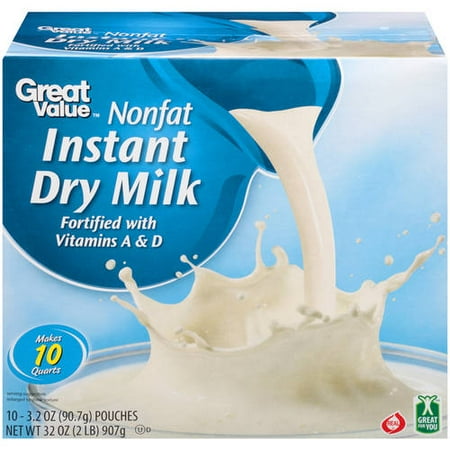
 In the meantime, we have powdered milk, and it’s actually not bad. I’ve previously taste tested various brands, and the surprising favorite is the Walmart store brand. You can tell it’s powdered milk, but just barely. I make it with warm water and mix it well to make sure it’s well aerated. Then, I put it in the refrigerator and serve it cold.
In the meantime, we have powdered milk, and it’s actually not bad. I’ve previously taste tested various brands, and the surprising favorite is the Walmart store brand. You can tell it’s powdered milk, but just barely. I make it with warm water and mix it well to make sure it’s well aerated. Then, I put it in the refrigerator and serve it cold.
We’re not eating exactly what we would have eaten otherwise, but we’re eating well, and we’re not hungry. We’re out of frozen pizzas and soda, and we’re even out of store-bought bread. We make things other than pizza, We can and do bake bread, and to replace the soda, we have plenty of Kool-Aid on hand. (Prepping doesn’t necessarily mean that you have to forego junk food.)

 As I’ve said before, I hope I’m wrong, but I’m afraid that there will be food shortages this year. We will cope, because we have on hand things like rice, beans, oil, masa (for making tortillas), flour, sugar (and even Kool-Aid). We will be able to eat good food, and we won’t be a burden on anyone else to figure out how to feed us.
As I’ve said before, I hope I’m wrong, but I’m afraid that there will be food shortages this year. We will cope, because we have on hand things like rice, beans, oil, masa (for making tortillas), flour, sugar (and even Kool-Aid). We will be able to eat good food, and we won’t be a burden on anyone else to figure out how to feed us.
Right now, in my own city and my own neighborhood, I’m sure that there are people who are hungry. It’s probably not because they don’t have enough money for food. But the stores where they normally buy their food are closed, or maybe even burnt down. If they don’t have gas in the car, they can’t get to stores that are still open, and most of the gas stations are closed. They can’t go anywhere at night, as long as the curfew remains in effect. If they don’t have a car, they can’t get to the store because bus service has been suspended.
There are probably a lot of people trying to figure out how to make a meal out of the random leftovers that they happen to have in their cupboard. I ate a bowl of cereal with powdered milk, and I’m guessing I had it a lot better than many. There are numerous opportunities to donate food items for impromptu food shelves that have sprung up. Most of those using these impromptu food shelves probably aren’t there for economic reasons. They need to be there for the simple reason that someone burned down their supermarket.
A lot of people are hurting right now because some thugs decided to burn down their supermarket or their pharmacy or their post office. They’re compounding the injustice done to George Floyd. At this point, there’s not much I can do to fight back, other than to make sure I’m not in a position where I’m overly dependent on the things that they destroyed. The good people of my state will rebuild the supermarkets and pharmacies. If I have enough resources to weather this storm, then I can be part of the solution and not part of the problem.
Some links on this site are affiliate links, meaning that this site earns a small commission if you make a purchase after clicking.
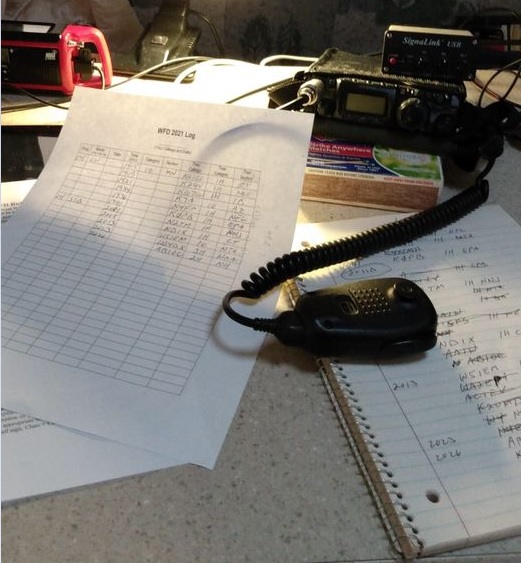 This weekend is ARRL Field Day, an amateur radio operating event in which hams set up their stations in remote locations and attempt to make as many contacts as possible. It’s a hotly debated question of whether it’s an emergency preparedness exercise, a contest, or just a fun weekend. The truth is that it’s all three.
This weekend is ARRL Field Day, an amateur radio operating event in which hams set up their stations in remote locations and attempt to make as many contacts as possible. It’s a hotly debated question of whether it’s an emergency preparedness exercise, a contest, or just a fun weekend. The truth is that it’s all three.

